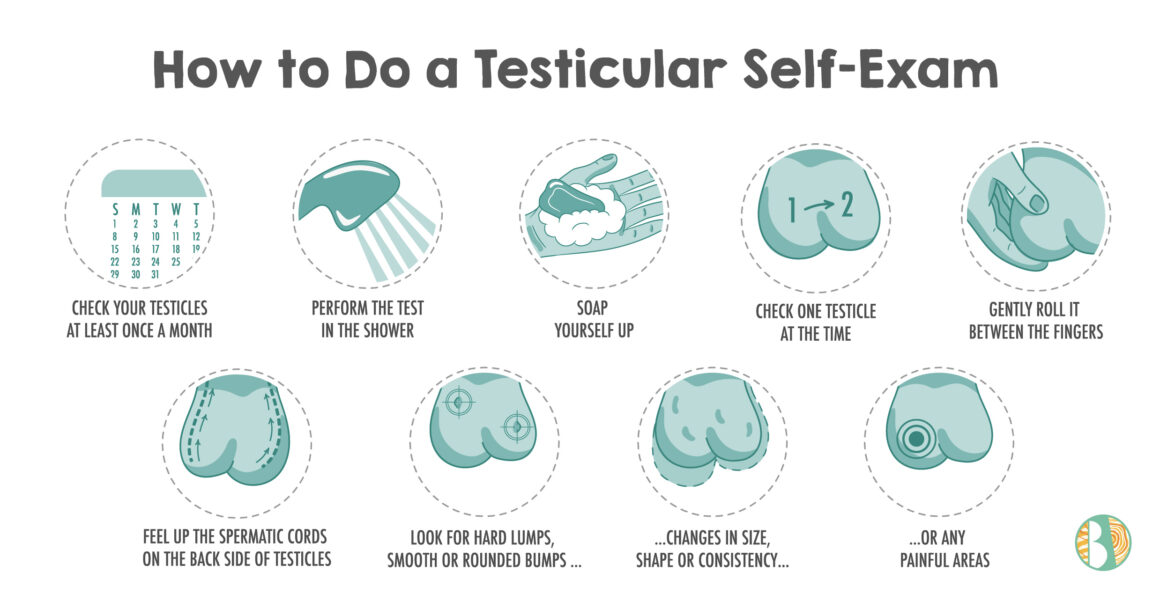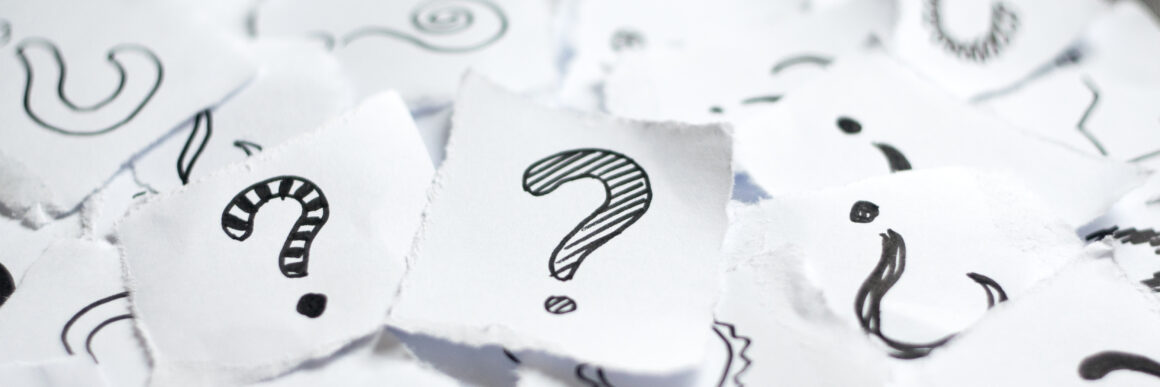Learn about the changes your preteen or teen with a penis can expect during puberty.
Bodies are fascinating and penises are no exception. This highly sensitive organ serves a few purposes: It provides pleasure, assists with reproduction, and allows for urine to leave the body. Whether or not your preteen or teen has a penis, they may be curious and have some questions. If so, we have some information that may help you answer those questions.
To learn more about the vulva and vagina, check out our article here.
A Brief Guide to the Anatomy of the Penis
The penis is an external sex organ made up of three parts:
- The Root: Found inside the body (i.e., not visible from the outside), the root includes erectile tissues, muscles and the urethra, which connects the bladder through the penis.
- The Body (Shaft): This connects the root to the glans. It contains erectile tissue.
- The Glans Penis: The glans are at the very end of the penis. It is intersected by the urethral opening, where semin and urine leaves the body. The glans are covered by foreskin at birth, though this is sometimes removed for religious or other reasons.
Penis Growth During Puberty
One thing is certain about penises; they go through a lot of changes. Starting in puberty, which according to Sutter Health can start as early as 9 years old and as late as 13 1/2, your preteen or teen might notice changes to their penis (if they have one).
Generally, these changes start around this general age range:
| Age Range | Puberty Changes |
|---|---|
| 10-13 1/2 years old | Growth of testicles and scrotal sac |
| 10-15 years old | Pubic hair growth |
| 10 1/2 – 16 1/2 years old | Body growth |
| 11-14 1/2 years old | Penis growth |
Puberty brings on many changes, and for most people with penises, testosterone is the hormone responsible for many of those changes. It causes voices to deepen, shoulders to widen, pubic hair to sprout, and penises to grow.
During puberty, the penis gets both longer and wider, and in some cases, the skin on the shaft or head (glans) gets darker. Penises begin and finish growing at different times but most are fully grown by the age of 18.
Reassure your young person that these changes are normal and a natural part of their body growing and becoming an adult.
Other Changes Due to Puberty: Nocturnal Emissions
Your teen with a penis might experience nocturnal emissions during puberty, as well. Testosterone also causes the testes (balls) to begin producing sperm by the millions each day, which can cause the body to spontaneously eject semen (sperm plus nutrients and sugars) in the middle of the night, when your young person is sleeping. Most people know these as wet dreams. They’re a sign that your young person’s body is doing what it’s supposed to right now, even if it’s a tad uncomfortable.
Other Penis Changes During Puberty: Involuntary Erections
Your preteen or teen may also experience some uncomfortable scenarios during their daytime activities as well in the form of involuntary erections. These can be frustrating for them, but they are a normal part of puberty. Involuntary erections are, well, involuntary, meaning they show up when they least expect it and hang around longer than welcome. So how can you help your young person deal with this new, possibly embarrassing situation?
Remind them that staying calm and carrying on is the best thing to do. Some tips for them are:
- Try to think about something else, like math homework,
- Find some place private till it subsides, or try tucking or shifting their penis to a position that will be less noticeable (like into their waistband).
- Wearing briefs instead of boxers offers a bit more control, as does wearing baggier pants or longer, untucked shirts.
They are likely much more aware of this than anyone else is, so keep reassuring them to play it cool and remember: this, too, shall pass.
Is My Penis Normal? Celebrating Penis & Testicle Diversity
Our genitals are as diverse as we are. Certain influences in our culture, like media and pornography, can spread some really outdated and harmful messages about how penises should look. And, these messages can make your teen with a penis feel self-conscious. Try to remind your young person that diversity is beautiful and everyone’s body grows differently, including their penis.
How to Care for Your Penis During Puberty
Caring for the Foreskin
Lots of people have questions about the foreskin, a ring of skin that covers and protects the glans (head) of the penis. It is sometimes removed shortly after birth in a simple surgery called circumcision, often for religious reasons. And while there are some medical benefits to circumcision, the surgery is an elective procedure. Foreskin or no foreskin, here are some things to know.
- If your young person has a foreskin that already retracts on its own, they should gently pull it back when they bathe and clean the area under the foreskin with water or very mild soap. If they don’t have foreskin, they should wash their penis like they wash other parts of their body.
- The head or glans of the penis is typically the most sensitive part, and can be even more so when the foreskin is intact. The foreskin protects the glans; when it is removed (circumcision), the skin on the glans thickens to create a protective layer. This causes a mild loss of sensitivity. Most people who have been circumcised still feel a lot of sensation.
- When the foreskin doesn’t retract (pull back) easily, it;s called phimosis (tight foreskin). This may or may not be cause for concern, and often can be resolved through application of a steroid cream prescribed by your doctor.

Ready to elevate your parenting? Become a member of the BLOOM family today!
Gain access to workshops, coaching, and a network of supportive parents. Don’t navigate this journey alone –
How to Perform a Testicular Self Exam
Did you know you should have your young person check their testicles at least once a month? If they are concerned with anything, talk to their medical provider. Have them perform the following self exam while in the shower:
- Use an unscented, mild soap and create some suds using your hands.
- Checking one testicle at a time, gently roll the testicle between their fingers.
- Feel the spermatic cords (on the back side of the testicles).
If they feel hard lumps, bumps, changes in the size, changes in consistency, or any painful areas, have them alert you so you can chat with their doctor.

Providing Support for Penises
Why Do People Wear Jockstraps?
Jockstraps are worn for comfort reasons, but especially during sports. These can support the penis, testicles, and scrotum and protect them from harm. Jockstraps can be worn with or without a protective cup.
Common Penis Conditions and Solutions
It’s important to remind your tween or teen to regularly check their penis and testes so they know what’s normal for them, and what’s not. Regular self-exams can catch any issues early and make sure there are no long term problems. If your young person notices any of the following, you may need to speak with their doctor.
Burning, Itching, and Bumps on the Penis
Pain or burning during urination should be taken seriously. This can be caused by a simple urinary tract infection (UTI), which is easy to cure. However, if your young person has had sexual contact with anyone else and notices burning, pain, itching, discharge, bumps, or rashes, get them an exam, even if the symptoms go away before their appointment.
The evidence on whether or not having a foreskin increases a person’s risk of contracting STIs is mixed. But what is certain is that everyone should always practice the same safer sex habits. Using condoms consistently and correctly, getting tested regularly, and communicating with partners are all very effective ways to prevent STIs, including HIV. This may be a hard conversation to have with your young person, however, it is vital to their health.
Lumps on the Penis
If your young person ever notices a lump on one of their testicles that doesn’t go away on its own within a couple of weeks, schedule an exam with their doctor. This is most likely completely harmless, but it’s better to be safe and have an explanation for what is going on with their body.
Penis Care Tip > NEVER force pulling back the foreskin. If your preteen or teen is concerned, make an appointment with their doctor.
Tight Foreskin
Most foreskins naturally begin to retract easily between the ages of 5-10, but some don’t retract fully until puberty. This is called phimosis, and may be cause for concern after puberty. It can often be resolved by applying a steroid cream to the foreskin. However, in rare cases, a circumcision might be necessary.

Common Penis FAQs
What is the average penis size?
While it’s normal for your young person to be concerned about their penis size, try to remind them that everyone is unique. Some people are smaller when flaccid (not erect) but grow a lot when erect. While others may be larger when flaccid but not change that much when erect. Both are normal.
What is the thick, white substance sometimes found under the foreskin?
This white substance is called — smegma — and it’s completely normal. It’s formed from a combination of dead skin cells, moisture, and natural body oils. Tell your young person they can just wash it off gently with warm water. If it ever starts to smell or they notice a lot more than usual, have them see a doctor just to be safe.
Is it normal for a penis to curve to one side or the other?
Some penises grow completely straight while some have a slight curve to them. This is normal, especially if the penis has always had this curve.
There is also a condition where scar tissue in the penis causes it to curve (or curve more than usual) during an erection. This is called Peyronie’s disease (although it’s not actually a disease). It’s only a concern when it causes pain or interferes with sexual function.
If your preteen or teen with a penis is experiencing pain or notices the curve increases a lot during an erection, make an appointment to speak with your young person’s doctor.
Why does one testicle hang lower than the other?
This is actually the way most bodies are made. This helps to protect the testicles in the case that they get squished together between the thighs. Most often, the left testicle hangs lower than the right. It’s also normal for one testicle to be slightly larger than the other.
What is the clear fluid that comes out of the penis before an erection?
The clear, slick fluid that can accompany an erection (spontaneous or during masturbation) is completely normal and is produced by something called the Cowper’s gland. It’s commonly known as pre-cum. Its purpose is to protect sperm as semen exits the urethra.
Why does the penis shrink and the testicles lift into the body when a person is cold?
A shrinking penis and disappearing testes when cold are the body’s way of keeping these delicate parts warm. The body draws blood to the center of the body when we’re cold, so there’s less of it to circulate through the penis, and the penis temporarily gets smaller.
The skin of the scrotum is able to contract or relax in order to control the temperature of the testicles. It draws the testes up close to the body to conserve heat and relaxes to allow them to hang lower when the body is really warm.
When should hair grow around the penis?
Hair begins to grow during puberty in the underarms, around the genitals, and even on the face. When and how much hair grows on different body parts is completely individual and usually has to do with the person’s genes.
Why does hair grow on the testicles?
Some people grow hair on the scrotum (the sack of skin that holds the testicles) while others don’t. Hair, like the thin skin of the scrotum, helps to regulate the temperature of the testicles.
If you are still feeling overwhelmed, don’t worry! BLOOM is here to help. With our library of On-Demand Workshops with our trusted educators, to our Ask the Expert Forum & Live Events where you can get answers to your burning questions from our qualified professionals, to Supportive Community, where you can find strength in a community of other parents and caregivers, to Direct 1-on-1 Parent Coaching Support, we’ve got you. Raising tweens or teens is hard enough. BLOOM is here to make it a little easier.
